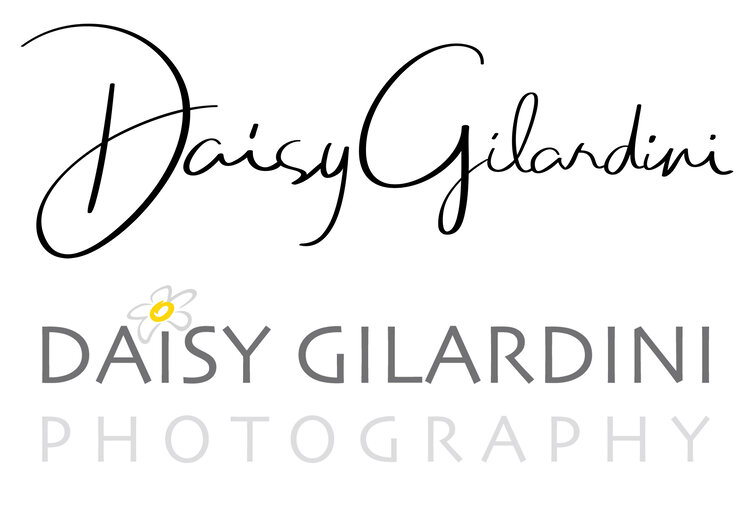THE MESSENGER
THE MESSENGER
Limited edition of 100. Printed on professional archival photo paper and premium archival ink. Every print comes with a signed and numbered Certificate of Authenticity.
All prints come with a 1/2in white border.
AWARDS
2010 BLACK AND WHITE SPIDER AWARDS - BRONZE
2010 PHOTOGRAPHY MASTERS CUP - NOMINEE
2009 WILDLIFE PHOTOGRAPHER OF THE YEAR - SPECIALLY COMMENDED
BEHIND THE SCENE
Midway Atoll, a 6.2 km² (2.4 square-mile) atoll west of Hawaii, is known for its historical significance in the Second World War. It was the site of a decisive naval battle fought just six months after the Japanese attack on Pearl Harbour.
Not many people know, however, that Midway is also a birders’ paradise. Midway is part of the Papahānaumokuākea Marine National Monument, and was named a UNESCO World Heritage Site in 2006. Papahānaumokuākea is the largest contiguous, fully protected conservation area under the US flag and is one of the largest marine conservation areas in the world.
Among Midway’s many species of birds, one that really captured my attention during a visit there was the white tern (Gygis alba), also known as the fairy tern.
This small seabird, with its pure white plumage and black eyes, feet and bill, was one of the most trusted land-finding birds spotted by seafarers in the early 1800s. The birds are found no more than 45 kms from land, and return to land at night to rest. Staying within flying distance of dry land is critical to their survival at sea.
Every morning during my stay I would pick up my bicycle from the lodge (old, war-era military dorms) and head to the beach to photograph the sunrise.
One morning as I was riding I sensed something flying close behind me. I stopped and turned around, and to my surprise, I saw I was being followed by a flock of terns. I resumed riding, worried that I had inadvertently encroached on their nesting grounds. That wasn’t the case, though. Each morning they would escort me to the beach. It was as though they were playing with me.
On the second day, I started riding with my camera gear around my neck, so I could use it quickly if I needed to. Not long after I sensed the flock following me, I looked behind me to see a bird hovering right in front of me. This time, I had my 70-200 lens close at hand.
With her tiny black eyes looking straight at me, it almost seemed to me as if she had an important message to share.
I don’t know what she wanted to tell me, but from that moment on I made it a point to be an ambassador for these wild creatures who can’t speak for themselves. I learned an environmental story that day, too — the huge issue of plastic pollution in some of the most remote, otherwise pristine marine areas in the world.

